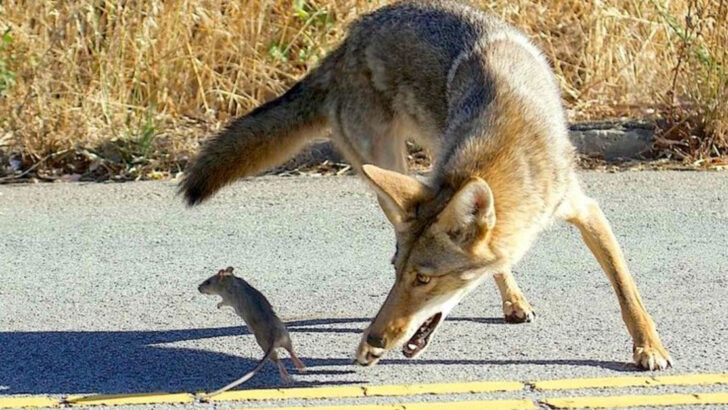Coyotes are sneaky, smart, and always on the hunt for their next meal. And guess what? Your backyard might smell like an open invitation.
From leftovers in the trash to certain pet odors, these wild canines have an incredible sense of smell—and some scents are simply irresistible. You might not even realize you’re accidentally luring them in.
While seeing a coyote from a distance can feel like a brush with the wild, an unexpected close encounter is a different story. They’re not usually looking for trouble, but if they associate humans with food, things can get risky.
If you don’t want these clever hunters sniffing around your home, it’s time to rethink what scents you’re leaving out in the open. Here are 11 everyday smells that make coyotes come running—and what you can do to keep them away.
Pet Food
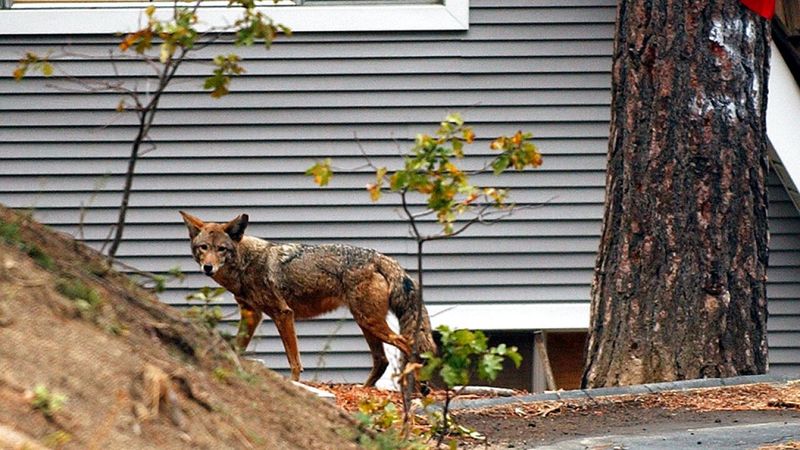
Pet food left unattended is a significant attractant for coyotes. The smell of kibble or wet food can be enticing, drawing these animals closer to homes. Always ensure pet food is kept indoors and away from potential wildlife. Feeding pets inside or promptly cleaning up after outdoor meals can mitigate the risk. Limiting access to these easy meals helps reduce coyote encounters. Additionally, consider storing pet food in sealed containers to prevent odors from escaping. By taking these precautions, pet owners can protect their furry friends and maintain a safer environment for all.
Garbage
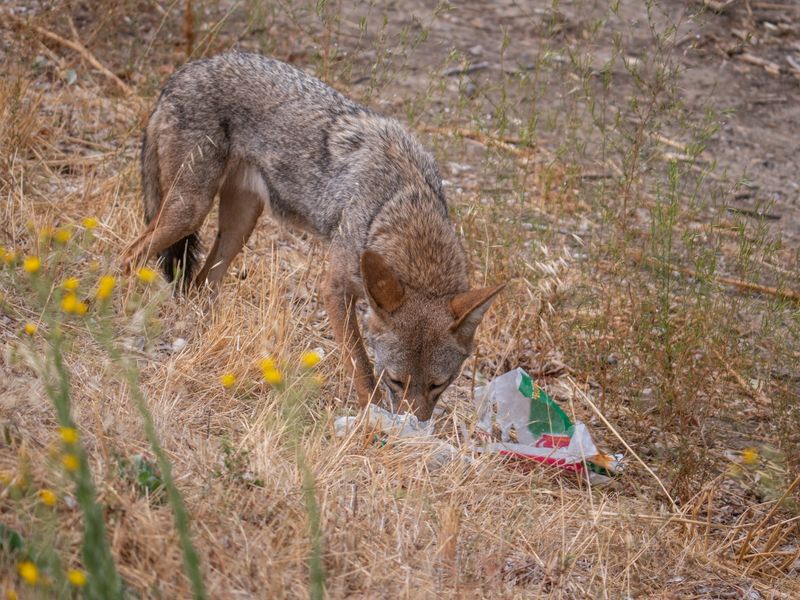
Garbage, especially when not properly sealed, can attract coyotes. The scent of leftovers and organic waste is irresistible to these scavengers. Keeping trash bins clean and firmly closed is vital. Utilize bins with secure lids and consider double-bagging particularly fragrant waste. It’s also wise to place bins out only on collection days to minimize exposure. When possible, store garbage in a garage or a secure area to further deter wildlife. These steps can help manage urban coyote populations and reduce the likelihood of unwanted visits. Cleanliness and vigilance are key.
Fallen Fruit
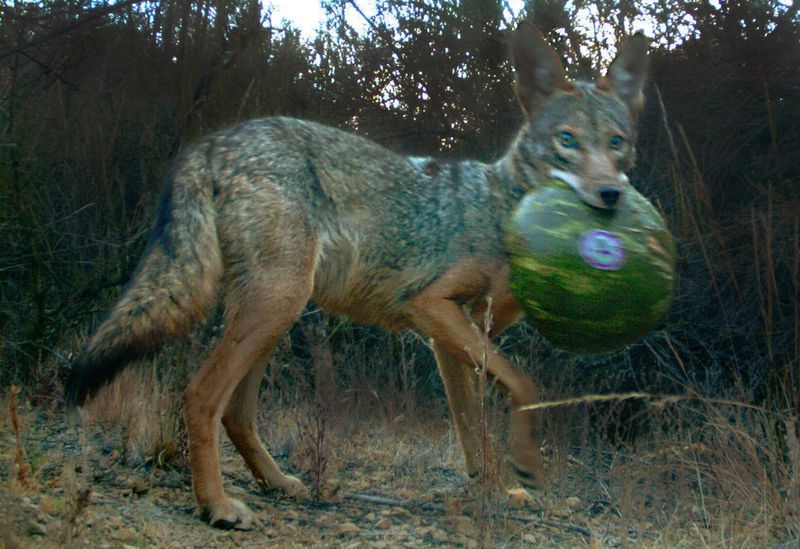
Fallen fruit from trees can serve as an unexpected lure for coyotes. The sweet aroma of ripe or decomposing fruit is appealing, attracting them to gardens and yards. Regularly picking up fallen fruit and disposing of it responsibly helps prevent this. Composting fruit waste securely also reduces temptation. Additionally, maintaining a clean orchard or garden can lessen the risk of coyotes seeing it as a feeding ground. Vigilant upkeep of outdoor spaces ensures they remain safe and less inviting to wildlife. Taking these measures helps maintain a coyote-free environment.
Bird Feeders
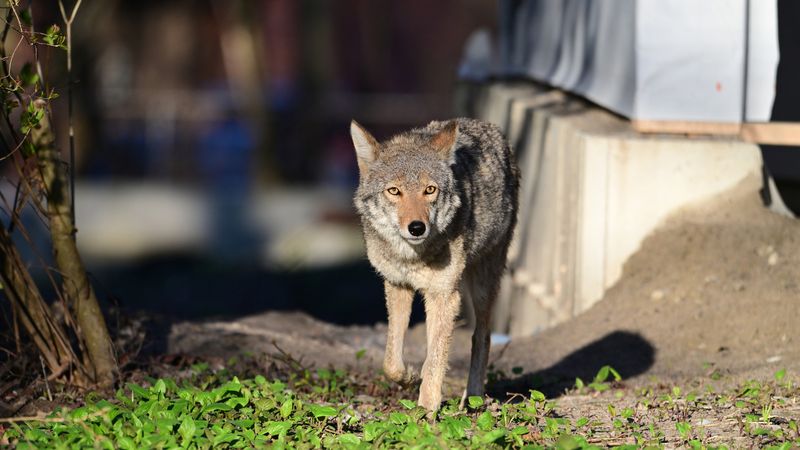
Bird feeders, while delightful for birds, can attract coyotes indirectly. These feeders often lead to seed spillage, attracting small mammals and rodents. Coyotes, in turn, are drawn to these smaller animals. Keep areas under feeders clean and free of debris. Using feeders designed to minimize spill or opting for bird baths can deter coyotes. Place feeders in locations less accessible to wildlife. By maintaining cleanliness and considering alternative bird-attracting options, you can enjoy bird watching without increasing coyote activity. These thoughtful choices enhance coexistence with wildlife.
BBQ Grills
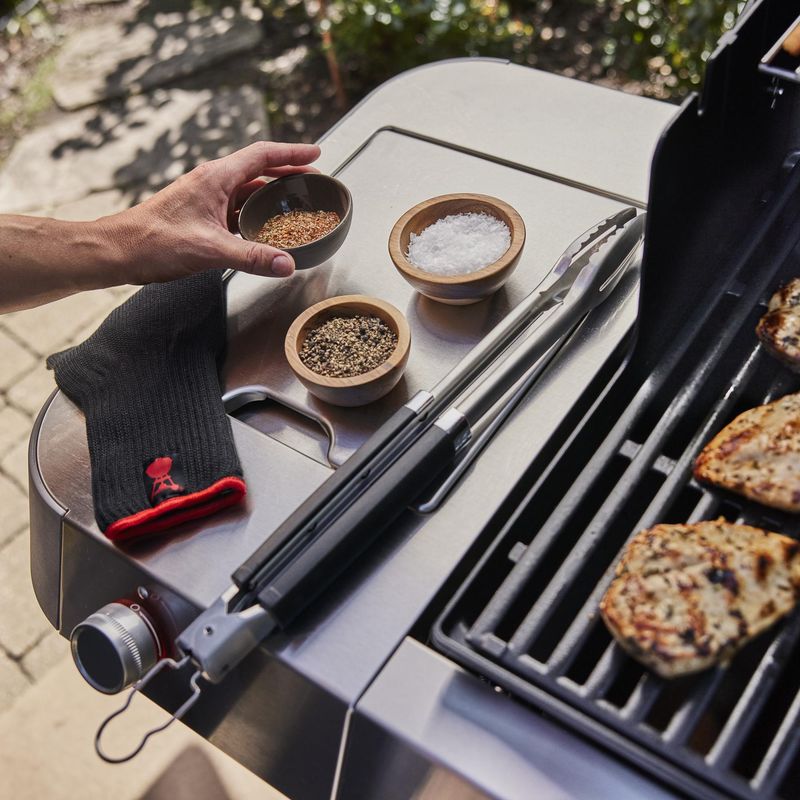
BBQ grills and their lingering aromas can be irresistible to coyotes. The smell of cooked meat and grease is a strong attractant. After using the grill, ensure it’s thoroughly cleaned. Removing grease traps and wiping down surfaces reduces appealing odors. Consider covering the grill when not in use to further contain scents. By maintaining a clean grilling area, you can decrease the chances of attracting wildlife. These precautions not only protect your outdoor space but also ensure peaceful coexistence with local wildlife. A clean grill is a safer grill.
Compost Piles
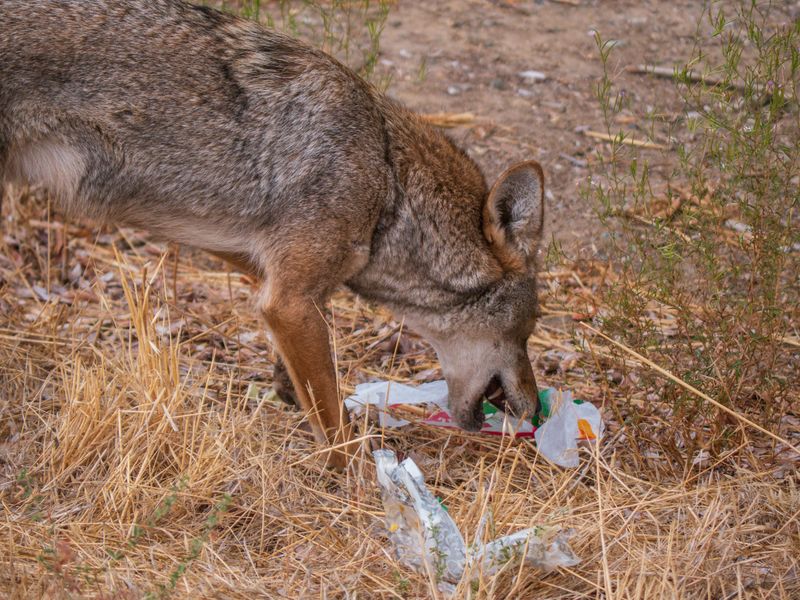
Compost piles, especially those containing food scraps, can attract coyotes. The scent of decomposing organic material is particularly inviting. To deter wildlife, use secure compost bins with lids. Avoid adding meat or dairy products which can intensify odors. Regularly turning the pile helps aerate it, reducing smell. By managing compost responsibly, you can minimize wildlife interest while benefiting your garden. Proper compost maintenance not only supports sustainability but also discourages unwanted visitors. Keeping these practices in mind ensures a balanced relationship with local wildlife.
Open Water Sources

Open water sources like ponds or birdbaths can attract coyotes, especially in dry climates. These animals seek water for hydration and the areas surrounding them for potential prey. Keep water features clean and consider limiting their access. Installing motion-activated lights or sprinklers can deter wildlife from frequent visits. Additionally, reducing vegetation around water sources limits hiding spots for coyotes. These steps contribute to a secure environment and help manage coyote interactions. Balancing aesthetics and safety ensures a harmonious coexistence with nature.
Small Pets
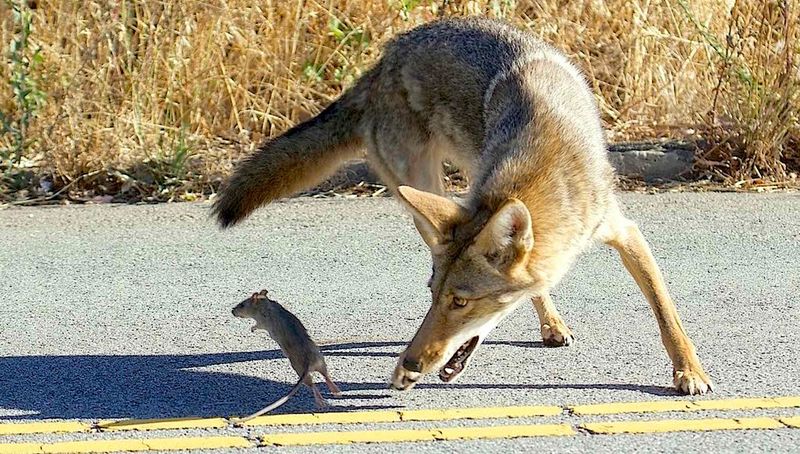
Small pets, such as cats and toy breed dogs, can inadvertently attract coyotes. Coyotes may view these animals as potential prey. To protect your pets, supervise them during outdoor activities and keep them inside during twilight hours. Secure fencing around yards adds an extra layer of safety. Additionally, avoiding leaving pet food outside prevents attracting coyotes. This vigilance ensures the safety of your beloved companions and reduces wildlife encounters. Prioritizing pet security contributes to a safer neighborhood and promotes responsible pet ownership.
Outdoor Cooking Areas
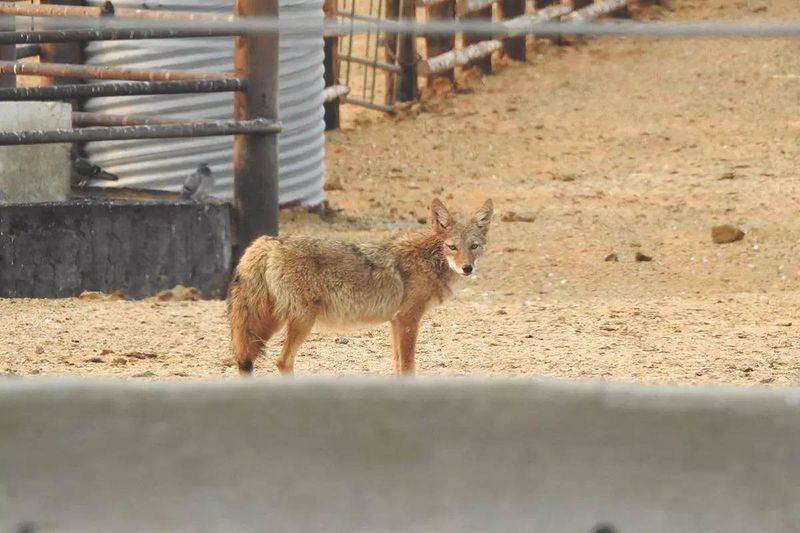
Outdoor cooking areas, similar to BBQ grills, pose a risk of attracting coyotes. The preparation and cooking of food release scents that can travel far. Regularly cleaning cooking surfaces and storing food properly are essential practices. Consider installing enclosures for outdoor kitchens to limit access. These measures help contain smells and deter wildlife. Planning cooking times and ensuring clean-up routines further protect your outdoor spaces. Balancing outdoor enjoyment with these precautions ensures safety from potential wildlife interactions. A mindful approach to outdoor cooking keeps coyotes at bay.
Unsecured Livestock
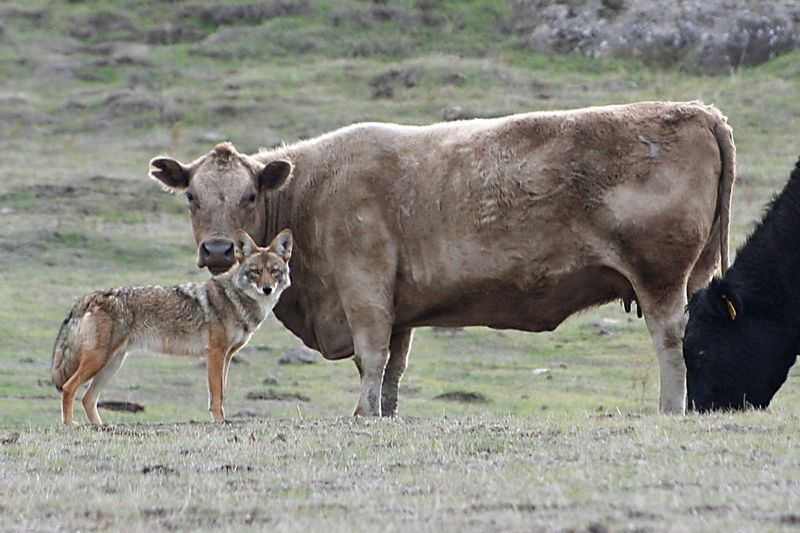
Unsecured livestock can attract coyotes looking for an easy meal. Farm animals, particularly young or small ones, are vulnerable to predation. To protect livestock, ensure fencing is in good repair and consider using guardian animals like dogs or llamas. Installing motion-activated lights and alarms can also deter predators. These measures help secure livestock and maintain farming operations. Proactive livestock management is essential in reducing coyote interactions. By safeguarding animals, farmers contribute to a balanced ecosystem and protect their livelihood.
Outdoor Pet Waste
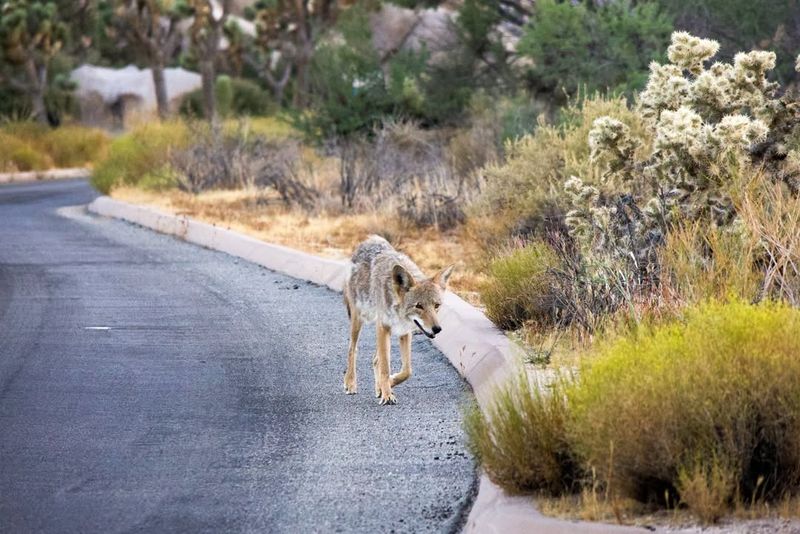
Outdoor pet waste can attract coyotes, drawn by the scent of feces. Regular clean-up of pet waste from yards and public areas is crucial. This not only maintains hygiene but also reduces attractants for wildlife. Using designated waste disposal stations can aid in proper management. Encouraging community participation in clean-up efforts enhances neighborhood safety. By addressing this issue, pet owners can help minimize coyote presence in shared spaces. Responsible pet care goes a long way in fostering a safer and cleaner environment for all.

